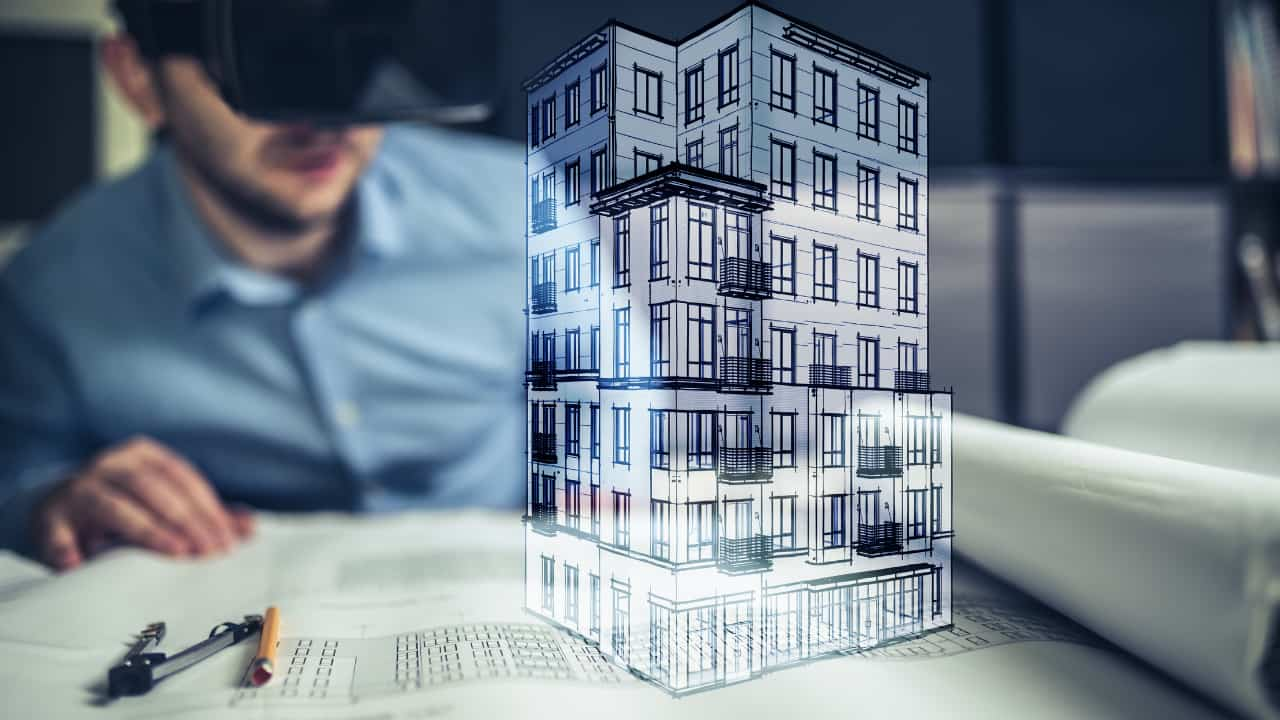In the realm of computer graphics, real-time rendering stands as a revolutionary advancement that has transformed the way we interact with and perceive digital visual content.
This technology empowers us to experience intricate and realistic virtual worlds instantaneously, with unprecedented levels of immersion and interactivity.
This blog delves into the concept, techniques, applications, and impact of real-time rendering, shedding light on its significance in various industries.
Understanding Real Time Rendering:

At its core, real-time rendering refers to the process of generating and displaying images or animations instantaneously as user interactions occur.
This real-time responsiveness is crucial for applications where time-sensitive interactions demand seamless and immediate visual feedback. Unlike traditional rendering methods that might take hours or even days to produce a single frame, real-time rendering enables dynamic and fluid experiences by rendering frames at a high speed—typically at 30 frames per second (FPS) or higher.
Techniques Behind Real-Time Rendering:
Real-time rendering is a complex fusion of hardware, software, and algorithms. It leverages specialized graphics processing units (GPUs) that are optimized for parallel processing, enabling them to handle the immense computational demands of rendering in real-time.
Modern GPUs consist of thousands of cores that can handle multiple tasks simultaneously, making them adept at handling the intricate calculations required for rendering.
To achieve real-time rendering, developers employ various techniques, including rasterization and ray tracing. Rasterization is a technique that involves projecting three-dimensional scenes onto a two-dimensional screen. It’s highly efficient for real-time rendering but may sacrifice some accuracy.
On the other hand, ray tracing simulates the behaviour of light rays as they interact with objects, producing highly realistic lighting and reflections, but it’s computationally intensive. With advancements in hardware, ray tracing is becoming more viable for real-time applications, blurring the line between real-time and traditional rendering.
Applications Across Industries Real-Time Rendering:
Real-time rendering has far-reaching implications across numerous industries:
- Gaming: The gaming industry has been at the forefront of leveraging real-time rendering. Video games require immersive, interactive, and visually captivating experiences. Real-time rendering technology empowers gamers to explore vast virtual worlds, each frame responding to their actions, thus enhancing the sense of presence and engagement.
- Architectural Visualization: Architects and designers use real-time rendering to showcase their creations in interactive 3D environments. This enables clients to virtually walk through spaces, evaluating designs from different angles, lighting conditions, and perspectives. Real-time rendering accelerates design iterations and facilitates more informed decision-making.
- Automotive Design: Car manufacturers use real-time rendering to simulate the look and behaviour of vehicles in various environments. This aids in evaluating aerodynamics, lighting, and design aesthetics, expediting the prototyping and testing process.
- Film and Entertainment: Real-time rendering is increasingly making its mark in the film industry, enabling filmmakers to visualize scenes in real-time and make instant creative decisions. Virtual production techniques, like those used in Disney’s “The Mandalorian,” rely on real-time rendering to merge physical sets with computer-generated environments seamlessly.
- Medical Visualization: Real-time rendering plays a role in medical education and simulation. Surgeons can practice procedures in virtual environments, aiding in skill development and preoperative planning.
- Virtual Reality (VR) and Augmented Reality (AR): VR and AR experiences heavily rely on real-time rendering to provide users with interactive and responsive environments. These technologies are transforming how we learn, work, and entertain ourselves.
Impact on the Future:
The future of real-time rendering is promising. As hardware continues to advance, we can expect even more realistic and immersive experiences.
Ray tracing, once limited to offline rendering due to its computational demands, is becoming more attainable in real-time, thanks to innovations like NVIDIA’s RTX series of GPUs.
With the ongoing convergence of real-time rendering, AI, and machine learning, we can anticipate enhanced predictive capabilities and more efficient rendering algorithms. This could lead to even more streamlined content creation processes and improved realism.
Final Thoughts:
In conclusion, real-time rendering stands as a transformative technology that has redefined how we experience digital content. Its applications across gaming, design, film, medicine, and more have reshaped industries, enabling instant interactions with virtual environments that were once reserved for our imaginations. As technology continues to advance, the line between the real and the virtual will blur further, offering new frontiers of creativity, innovation, and engagement.
Frequently Asked Questions (FAQs)
What exactly is real-time rendering?
Real-time rendering refers to the process of generating and displaying visual content, such as images or animations, in a seamless and instantaneous manner as user interactions occur. Unlike traditional rendering methods that can be time-consuming, real-time rendering achieves high frame rates, usually around 30 frames per second (FPS) or more, to provide smooth and responsive experiences.
How does real-time rendering differ from traditional rendering?
Traditional rendering often involves computationally intensive processes that produce highly detailed and photorealistic images, but the rendering time can range from minutes to hours per frame. Real-time rendering, on the other hand, focuses on speed and responsiveness, sacrificing some level of complexity for immediate visual feedback.
What are the key technologies driving real-time rendering?
Real-time rendering relies on advancements in hardware, particularly graphics processing units (GPUs) optimized for parallel processing. Techniques such as rasterization and ray tracing are commonly used. Rasterization quickly projects 3D scenes onto a 2D screen, while ray tracing simulates the behaviour of light rays, creating more realistic lighting and reflections.
Where is real-time rendering used?
Real-time rendering finds applications in various industries. It powers immersive video game experiences, aids architects and designers in showcasing designs, enhances film production, assists medical simulations, and drives virtual and augmented reality environments. It’s a foundational technology in creating interactive and visually engaging digital content.
Is real-time rendering the future of graphics?
Real-time rendering is indeed shaping the future of graphics and visual experiences. As hardware becomes more powerful, real-time rendering techniques will continue to evolve, bridging the gap between realism and responsiveness. With the integration of artificial intelligence and machine learning, we can expect even more efficient rendering processes, leading to enhanced realism and creativity in digital content creation.
Have more questions? Feel free to reach out to us for further insights and information!





